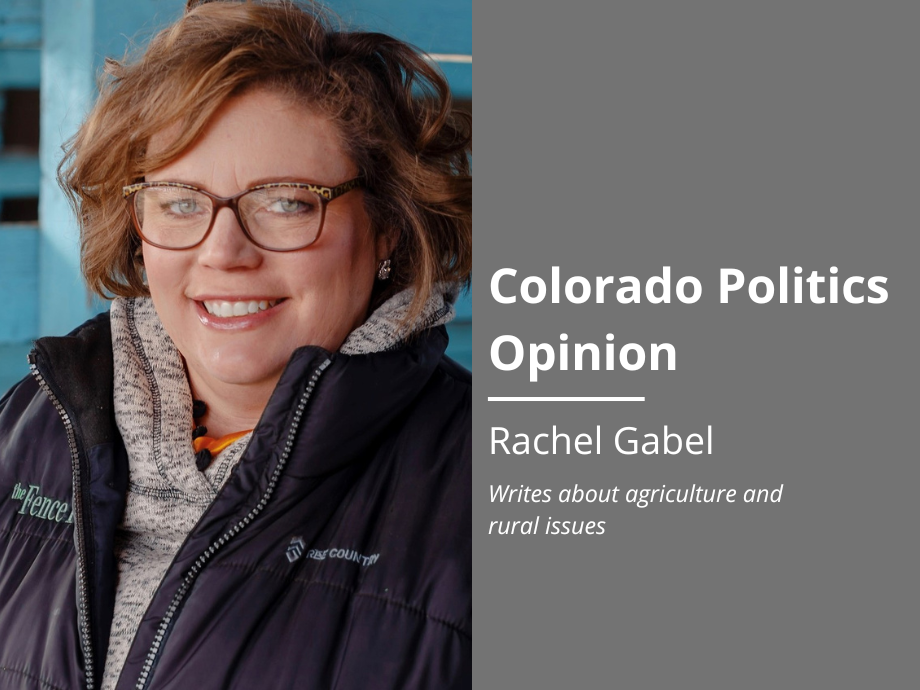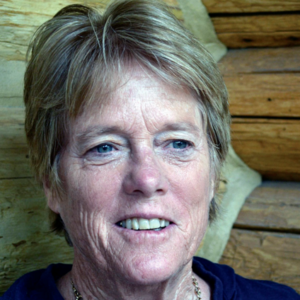Caraveo-led federal investment helps farmers prevent suicide | GABEL


In 1985, the journalists at the Des Moines Register were reporting on the number of farm foreclosures that plagued American agriculture. Iowa was at the epicenter and the journalists had a front-row seat. People gathered on courthouse lawns as white crosses were hammered into the grass, each signifying a farm in the county foreclosed upon.
A few years prior in 1973, grain reserves were depleted, and high prices were widespread, making agriculture pencil well. Nixon’s U.S. Secretary of Agriculture, Earl Butz, negotiated a major grain sale to the Soviets when drought hit. Butz told the American farmer to “plant fencerow to fencerow,” and to “get big or get out.” Farmers took on additional debt at the enthusiastic encouragement of bankers. Grain prices remained high and Butz fanned the flames, encouraging farmers to take on more debt and spend more on land, equipment, fertilizers, pesticides and new seed varieties that promised drought resistance and high yields.
Just a few years later, the Federal Reserve tried to bring down interest rates that, in 1979, were hovering around 21%. Farmland values plummeted, harvest brought record high yields and, in turn, low prices. Then President Jimmy Carter cancelled contracts for the sale of 17 million metric tons of grain to the Soviets. It was devastating to the families in agriculture.
At the peak in 1982, suicides among farmers and ranchers reached 58 deaths per 100,000 farmers. Des Moines journalists wrote hard and clear about the suicide deaths of three farmers in the state, all within a week of one another. One was only 32 when the bottom fell out of farming, and he hanged himself from a beam in a barn. The Des Moines Register wrote, “The three Iowa farmers all committed suicide in a single week – the seven days from September 20 to 26. None of them knew each other. Their deaths are related only because they show that, as years of affluence yield to years of anguish, these are desperate times on the world’s richest farmland.”
Stay up to speed: Sign-up for daily opinion in your inbox Monday-Friday
Today, the rate of suicides among farmers and ranchers are higher than during the 1980s Farm Crisis. Farmers and ranchers are three-and-a-half times more likely to end their own lives than the general population. It can be blamed on unpredictable weather, high input costs, low commodity prices, a rapidly changing political climate, misinformation targeting consumers, and a dearth of health care providers in rural areas. Add to that, the overwhelming reluctance of farmers and ranchers to seek mental health services, and it quickly becomes disastrous.
When Don Brown, a Yuma County corn farmer, was the Commissioner of Agriculture, he spearheaded a suicide hotline specifically for farmers and ranchers. He designed a training program for the individuals who would be answering the line, so they had at least a general understanding of agriculture. Brown said a rancher calling in upset that he’s unable to afford to feed his livestock is wildly different from someone who has run out of dog food and needs to be assisted.
Since then, Colorado Farm Bureau and partners have created the Colorado Agricultural Addiction and Mental Health Program. CAAMHP provides members of the agricultural community with six free sessions to an ag-friendly, licensed behavioral health professional. In many cases, the sessions can be completed virtually, eliminating the need for a trip to town or the opportunity for the neighbor to spot a familiar pickup parked at the mental health provider’s office.
Last week, U.S Rep. Yadira Caraveo, a Democrat representing Colorado’s 8th District, announced her bipartisan bill establishing a nationwide hotline through the U.S. Department of Agriculture to provide mental health support for the agriculture community. According to Caraveo, the 24/7 hotline will be staffed by crisis specialists, licensed health care and mental health professionals who are trained in farm stress and the farming identity. The total cost for fiscal years 2024 through 2028 is estimated at $20 million. The agriculture industry here in Colorado alone, for a point of reference, contributes $47 billion annually to the state’s economy.
Caraveo represents some of Colorado’s most vibrant agriculture operations in Weld County and the surrounding area. This proactive approach to address individuals on a national level is critical. What’s also critical to rural areas is the meaningful, immediate and competent resource.
Few in agriculture are untouched by suicide or mental health challenges in one way or another, and this investment in agriculture’s people is a good one.
Rachel Gabel writes about agriculture and rural issues. She is assistant editor of The Fence Post Magazine, the region’s preeminent agriculture publication. Gabel is a daughter of the state’s oil and gas industry and a member of one of the state’s 12,000 cattle-raising families, and she has authored children’s books used in hundreds of classrooms to teach students about agriculture.












